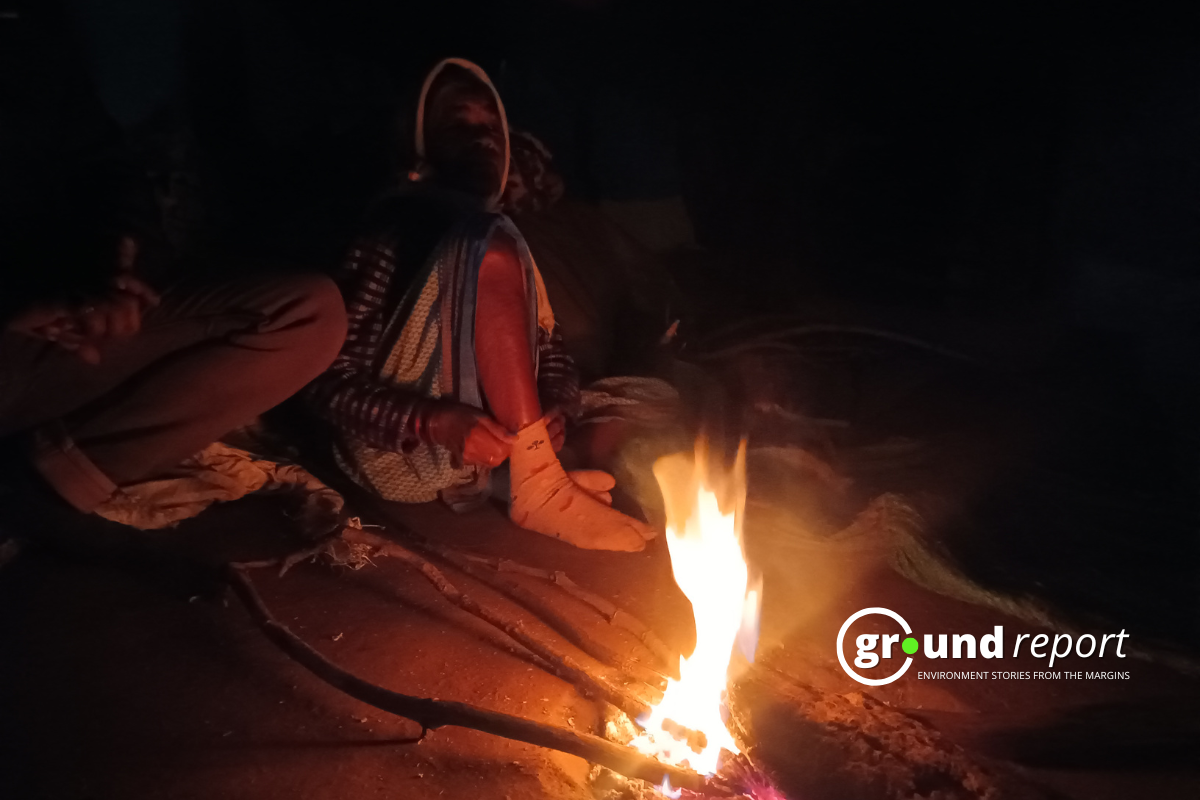Air pollution in Jammu and Kashmir kills around 10,000 people every year, Director of Sher-e-Kashmir Institute of Medical Sciences, Dr Parvez Kaul said that the air quality index in Kashmir is gradually moving towards the poor category in winter.
Dr Parvez Kaul said that about 10,000 deaths occur annually due to exposure to particulate matter 2.5. It needs to be controlled by combating it. Air pollution is an issue not only in Delhi and Maharashtra but also in Jammu and Kashmir due to the increasing number of vehicles, brick kilns and cement factories.
Kaul added, All these are affecting our health by polluting the air. Air pollution is becoming a health issue. He said it is not just Delhi or Mumbai facing the problem of air pollution.
“The issue is very present in J&K because of the increase in the number of vehicles, construction activities, brick kilns, and cement factories,” he said
According to Dr Koul, the pollutants that are released heavily pollute the air and harm people’s health. “Air pollution is a problem for health care. The public will find out if doctors raise awareness about it, he said.
In 2018, Srinagar’s air was declared the 10th most polluted in the world by the World Health Organization. Since then, however, both this thought and the existential threat it poses have perplexed our collective consciousness. Although in the past two years, the COVID-19 scenario has allowed the air to become somewhat cleaner, however, Srinagar’s air quality is still one of the worst in the world.
Black carbon levels highest in Kashmir
Speaking to Ground Report Shakil Ahmad Romshoo, who heads the Department of Earth Sciences at the University of Kashmir, said black carbon levels in Srinagar were the highest among all Himalayan hill stations in India. “Black carbon particles and other emissions are sometimes as high as some metropolitan cities in India,” Romshoo said. “In Srinagar, sometimes it is as high as in Calcutta. Many mountain stations have better air, we have the worst and that is the concern”.
Shakil Romshoo pointed out that the amount of land used to grow fruit trees and other crops in Kashmir is now almost 20 times higher than it was in 1950, which means that the amount of waste wood and leaffall has also increased. increased during that time.
An official told Ground Report with the State Pollution Control Board (SPCB) said there has been an increasing trend in the summer capital’s air pollution, mainly due to vehicular emissions.
Kashmir air most polluted during winters
A study has revealed that pollution in Kashmir reached dangerous levels during the winter months, as the air carries five times more tiny particles than the permissible limit, and experts call it a worrisome development.
The study, conducted jointly by a team of scientists from the Pune-based Indian Institute of Tropical Meteorology (IITM) and the University of Kashmir, found that air quality deteriorates significantly during winters in the city, known as one of the major tourist destinations in the world. and also for its pristine environment.
The study also covered the role of pollutants emerging from vehicle exhaust. With a 30 per cent share each during the summer and fall, pollutants from vehicle exhaust were identified as the second largest air pollutant. In a comparison of pollutants between burning coal and burning fossil fuels used in the transport sector during the winter, the study noted that 156 tons of PM2.5 mix with the air versus 7.5 tons for vehicle exhaust fumes.
It is seconded by carbon emissions that amount to 125 tons per month compared to the 32.5 tons per month contributed by vehicles, both during the autumn.
Keep Reading
Indian agriculture household earns just Rs. 10,218 in a month: Govt
Post-harvest losses still high, reveals data shared in Lok Sabha
Khadi Haat village’s power-free wastewater treatment solution and more
Support us to keep independent environmental journalism alive in India.
Follow Ground Report on X, Instagram and Facebook for environmental and underreported stories from the margins. Give us feedback on our email id greport2018@gmail.com.
Don’t forget to Subscribe to our weekly newsletter, Join our community on WhatsApp, Follow our Youtube Channel for video stories.







